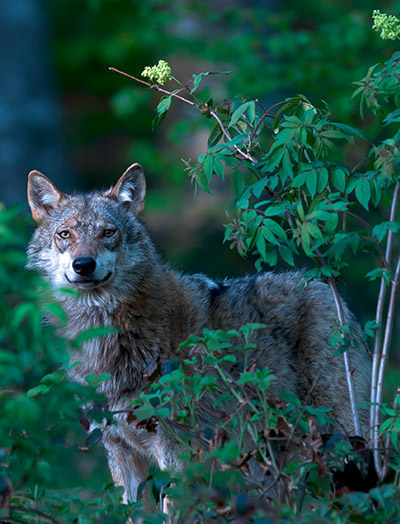 The return of the wolves
The return of the wolvesThe spread of wolves in the cultivated landscape harbours potential for conflict. As food opportunists, they prey on animals that they can capture most easily. But if the hunger is great enough or the deterrent measures are not intensive enough, they are quite prepared to expend considerable effort to reach their hunting target.
These are mainly livestock such as sheep and goats, but now also young cattle or foals. Herd protection measures are therefore important. While the focus used to be on guarding livestock, today it is also imperative to take into account the intrusion of wolves from the outside when building fences. Wolves are very adaptive and always develop new strategies to overcome enclosures. Pastures should therefore be adequately secured against jumping over, climbing over, slipping through and undermining. Wolf defence experts agree that
electric fences
are the best means of choice for wolf defence.